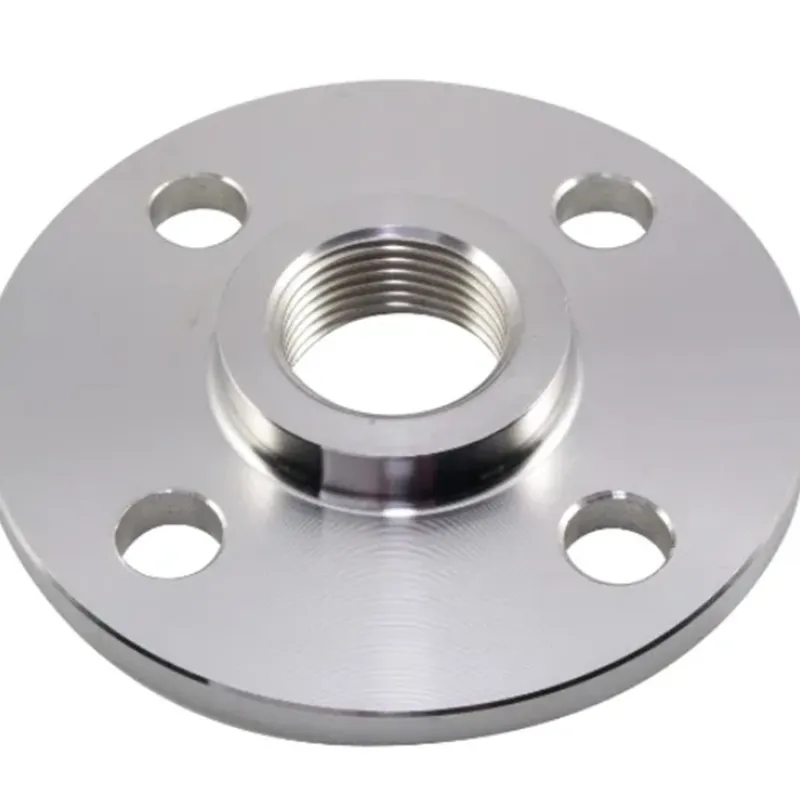-
Cangzhou Yulong Steel Co., Ltd.
-
Phone:
+86 13303177267 -
Email:
admin@ylsteelfittings.com
- English
- Arabic
- Italian
- Spanish
- Portuguese
- German
- kazakh
- Persian
- Greek
- French
- Russian
- Polish
- Thai
- Indonesian
- Vietnamese
- Zulu
- Korean
- Uzbek
- Hindi
- Serbian
- Malay
- Ukrainian
- Gujarati
- Haitian Creole
- hausa
- hawaiian
- Hebrew
- Miao
- Hungarian
- Icelandic
- igbo
- irish
- Japanese
- Javanese
- Kannada
- Khmer
- Rwandese
- Afrikaans
- Albanian
- Amharic
- Armenian
- Azerbaijani
- Basque
- Belarusian
- Bengali
- Bosnian
- Bulgarian
- Catalan
- Cebuano
- China
- China (Taiwan)
- Corsican
- Croatian
- Czech
- Danish
- Esperanto
- Estonian
- Finnish
- Frisian
- Galician
- Georgian
- Kurdish
- Kyrgyz
- Lao
- Latin
- Latvian
- Lithuanian
- Luxembourgish
- Macedonian
- Malgashi
- Malayalam
- Maltese
- Maori
- Marathi
- Mongolian
- Myanmar
- Nepali
- Norwegian
- Norwegian
- Occitan
- Pashto
- Dutch
- Punjabi
- Romanian
- Samoan
- Scottish Gaelic
- Sesotho
- Shona
- Sindhi
- Sinhala
- Slovak
- Slovenian
- Somali
- Sundanese
- Swahili
- Swedish
- Tagalog
- Tajik
- Tamil
- Tatar
- Telugu
- Turkish
- Turkmen
- Urdu
- Uighur
- Welsh
- Bantu
- Yiddish
- Yoruba

Dec . 05, 2024 14:46 Back to list
flange plate adapter
Understanding Flange Plate Adapters A Comprehensive Overview
Flange plate adapters are critical components in various industrial applications, specifically in the realm of mechanical engineering and piping systems. These devices serve as connectors between pipes, fittings, or machinery, ensuring that systems function efficiently and safely. In this article, we will explore the features, applications, benefits, and installation processes associated with flange plate adapters.
What is a Flange Plate Adapter?
A flange plate adapter is a mechanical device that provides a connection point for two separate components, typically at the ends of different types of piping or equipment. The adapter features a flat plate or disc that has holes, allowing for bolts to secure it to another flange or surface. This design ensures a leak-proof seal, essential for systems that transport liquids or gases under pressure. Flange plate adapters come in various sizes and materials, making them versatile for numerous applications.
Key Features of Flange Plate Adapters
1. Material Composition Flange plate adapters are manufactured from various materials, including stainless steel, carbon steel, and plastic. The choice of material depends on the fluid being transported and the environmental conditions. Stainless steel, for example, is preferred for its corrosion resistance, making it ideal for chemical processing.
2. Pressure Ratings These adapters are rated for different pressure levels, which determine their suitability for specific applications. It is crucial to select an adapter that can withstand the pressures expected in the system to avoid failures.
3. Size and Compatibility Flange plate adapters come in a range of sizes to accommodate different pipe diameters. Having the right size is essential for ensuring a proper fit and maintaining system integrity.
4. Bolt Patterns The bolt pattern on a flange plate adapter must match that of the connecting pieces. Standardization in bolt patterns simplifies the selection process and ensures compatibility across various systems.
Applications of Flange Plate Adapters
Flange plate adapters find applications in numerous industries, including
- Oil and Gas Used in pipelines and equipment to transport crude oil, natural gas, and other hydrocarbons.
- Water Treatment Essential in connecting various parts of water treatment facilities, ensuring efficient and safe water processing.
- Chemical Processing They provide connections in systems handling corrosive substances, where robust and reliable sealing is indispensable
.flange plate adapter

- HVAC Systems Flange adapters are employed in heating, ventilation, and air conditioning systems to connect ducts and piping.
Benefits of Using Flange Plate Adapters
1. Ease of Installation Flange plate adapters are relatively easy to install, which can significantly reduce downtime during maintenance or system upgrades.
2. Leak Prevention The design of flange adapters allows for a tight seal, minimizing the risk of leaks that could lead to hazardous situations or product loss.
3. Flexibility These adapters can accommodate different types of piping and equipment, enhancing the versatility of installation.
4. Durability High-quality flange plate adapters are designed to withstand harsh conditions, providing longevity and reliability in demanding environments.
Installation Process
Installing a flange plate adapter involves several steps
1. Preparation Ensure that both connecting surfaces are clean and free of debris. Any imperfections can lead to leaks.
2. Alignment Position the flange plate adapter so that all bolt holes align with the corresponding holes on the flanges to which it will be attached.
3. Bolting Insert bolts through the aligned holes and tighten them in a crisscross pattern to ensure even pressure distribution. It is crucial to follow the manufacturer’s torque specifications to avoid over-tightening, which can damage the components.
4. Testing After installation, it’s vital to test the connection under operating conditions to check for leaks or any other issues.
Conclusion
Flange plate adapters are essential components in many industrial applications, offering reliable connections between various elements of systems. With their ease of installation, leak prevention capabilities, and durability, they are a preferred choice for engineers and technicians across different fields. Understanding their features and proper installation techniques ensures that systems operate efficiently and safely for years to come. Whether in oil and gas, water treatment, or chemical processing, flange plate adapters play a vital role in the seamless operation of complex infrastructures.
Latest news
-
ANSI 150P SS304 SO FLANGE
NewsFeb.14,2025
-
ASTM A333GR6 STEEL PIPE
NewsJan.20,2025
-
ANSI B16.5 WELDING NECK FLANGE
NewsJan.15,2026
-
ANSI B16.5 SLIP-ON FLANGE
NewsApr.19,2024
-
SABS 1123 FLANGE
NewsJan.15,2025
-
DIN86044 PLATE FLANGE
NewsApr.19,2024
-
DIN2527 BLIND FLANGE
NewsApr.12,2024
-
JIS B2311 Butt-Welding Fittings LR/SR 45°/90° /180°Seamless/Weld
NewsApr.23,2024











